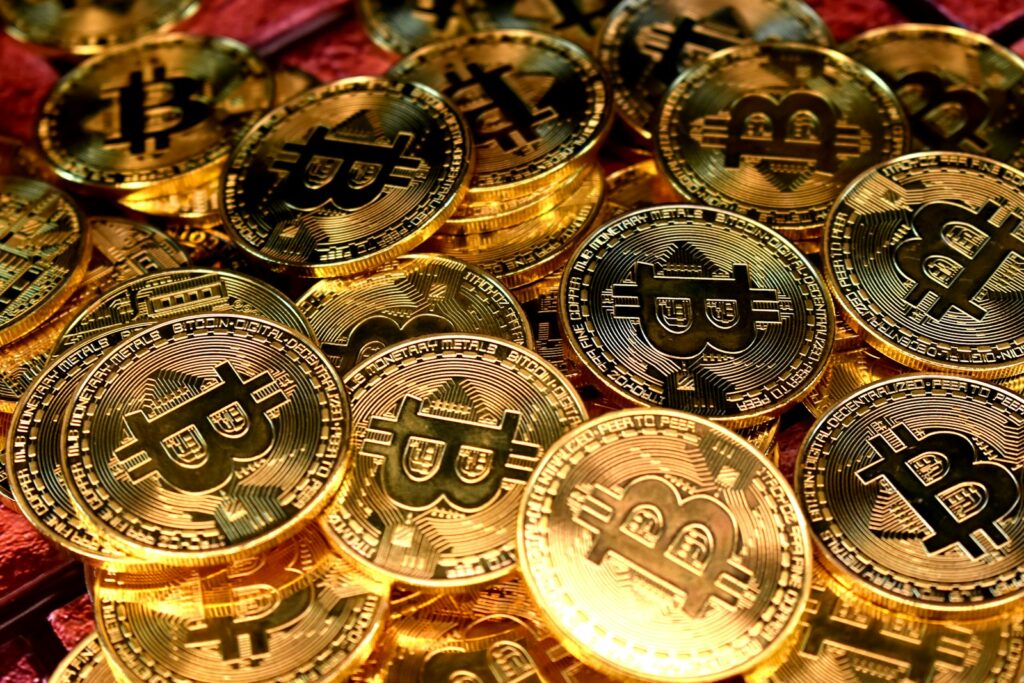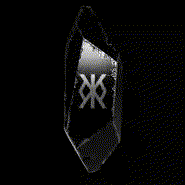Menu
New technologies and standards related to the Bitcoin blockchain are gaining a lot of attention, and terms like Bitcoin Ordinals, BRC-20, and Rune are playing an important role in this space. In this article, we'll try to better explain the relationship between these three concepts and how each of them contributes to the Bitcoin ecosystem. There are many lengthy explanations available on the internet, so we'll try to keep things as concise and easy to understand as possible.
Bitcoin Ordinals is a way to record ordered digital assets on the Bitcoin blockchain. By giving each satoshi a unique identifier, the data associated with this identifier can be used to create different types of digital assets. This can essentially be used to create NFT-like assets on top of the Bitcoin blockchain. This method was proposed by Casey Rothermer(Casey Rodarmor)로 "비트코인을 더 재미있게 만들자(MAKE BITCOIN FUN AGAIN)!"라는 말로 유명합니다.
The standard that emerged from this idea is BRC-20, which was published in March 2023 by an anonymous developer named Domo. This is how coins and NFTs such as ORDI and SATS were born. Another alternative is Rune, which is still so new to the market that most people who use domestic platforms like Upbit and Bithumb don't know about it yet.
Here's the background.
Suddenly, in September, six months after BRC-20 was released, the creator of Odinals, Rodmer, points out the shortcomings of Domo's BRC-20, which is less efficient. Before the BRC-20 standard had a chance to take off, the original inventor came up with a new method to match Bitcoin's halving.

Let's talk about each in a little more detail.
BRC-20 is a standard for creating and managing various tokens on the Bitcoin network. It was inspired by Ethereum's ERC-20 token standard, which also allows users to create their own tokens on Bitcoin. BRC-20 specifically provides a foundation for various projects and applications to create economic value and make transactions using the Bitcoin blockchain.
Rune is a new protocol that complements and extends the BRC-20 BRC-20 standard. Its purpose is to improve the functionality of the Bitcoin ecosystem by allowing more complex digital assets and smart contracts to be implemented on top of the Bitcoin network. With Rune, users can explore new ways to interact with various applications on top of the Bitcoin blockchain. This opens up applications in gaming, digital collectibles, and various decentralized finance (DeFi) projects, among others.
These three technologies and standards play an important role in expanding and diversifying the capabilities of the Bitcoin blockchain. Bitcoin Audience provides the foundational ability to record unique digital assets on the blockchain, while BRC-20 establishes the standards for managing and trading these assets. Rune is a next-generation protocol that builds on this foundation to enable more complex smart contracts and digital assets, adding new features and possibilities to the Bitcoin ecosystem.
These technologies and standards around the Bitcoin blockchain are paving the way for Bitcoin to evolve beyond a store of value to become a platform that supports a wide range of digital assets and applications. They provide new opportunities for users and developers alike, making Bitcoin's future brighter and more colorful.

In conclusion, Rune is a protocol that proposes a new way of issuing tokens on the Bitcoin blockchain. It aims to be a more efficient and practical way to replace or complement existing token standards like BRC-20.
In more technical terms, one of the key features of Rune is that it manages the balance of each token based on the Unspent Transaction Outputs (UTXO) model. The UTXO model is a core component of Bitcoin transactions, representing the outputs of transactions that have not yet been spent. Rune Protocol uses this UTXO model to manage tokens more efficiently and minimize on-chain data usage. This approach reduces the burden on the network while increasing the flexibility and reliability of token transactions. For more details and a full understanding of the token standard, we recommend referring to the original documentation (The Bitcoin Manual).
Runestone is a collection of Bitcoin-based NFTs that has recently gained a lot of attention in the digital art and cryptocurrency community. The project is tied to the historical moment of Bitcoin's fourth halving.
Runestones were part of the Bitcoin Ordinals protocol, which distributed them via a free distribution (airdrop) to certain Bitcoin wallets if they held three or more Inscriptions (Bitcoin-like NFTs). The collection consists of about 112,400 NFTs, and as of April 19, one day before the halving, 75,800 people held them. The price per piece is 0.0735 bitcoin, which is about $6.3 million.
The project was founded by a man named Leonidas, who is known as an NFT historian and the founder of Ord.io. Runestone is a project that showcases his creative and financial potential, and has seen great success on various NFT marketplaces.
As we briefly explained, the airdrop was sent to 112,383 Bitcoin wallets that held at least three Inscription, an early Bitcoin family NFT, as a way to reward early supporters of the movement.
This was the largest Audience Inscription transaction ever recorded on the Bitcoin blockchain, weighing in at 3.97MB. This massive inscription and airdrop is being hailed as a historic moment that demonstrates the new possibilities for the Bitcoin Audience project.
This unique approach and success of the Runestone project is opening up a new chapter in the Bitcoin-based NFT market, with interesting implications for the future of digital assets and blockchain technology.
Runestones were given away for free to early Inscription investors, but they cost over $600 each, should I buy them now? Yes.
We'll discuss why in the next article.
Need a more basic understanding of NFTs? We've got just the book for you.
Written by the head of Searchify, who leads the largest NFT community in Korea and has been recognized by Forbes as one of the Web3 leaders, and a securities firm expert. <Playing and getting rich with NFTs in practicein the box. Leave the purchase link below.